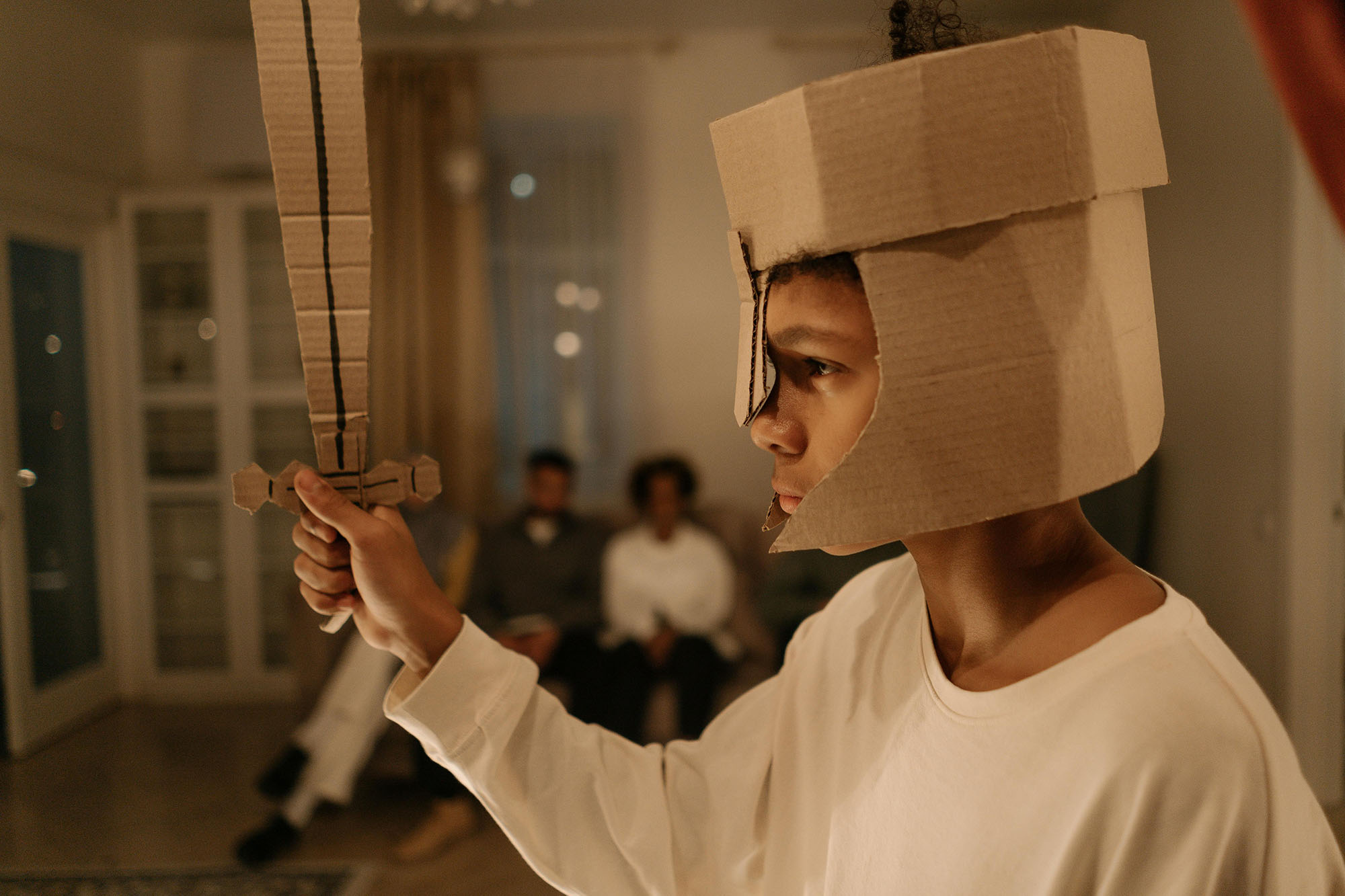
DISCUSSING
In the Shadow of the Spire – Session 36A: The Knighting of Tor
And in this way, Tor did service upon the Eight Stations and swore the Eight Oaths. The gathered knights lowered their blades and Sir Gemmell laid his own blade upon Tor’s shoulders.
“Rise, Sir Torland.”
A procession was then formed, led by the priests and followed by Sir Gemmell and Sir Tor. They passed through the gates of the Godskeep and then into the inner passages. Tor was guided by a secret way into the basement of the keep itself, and there taken to a chamber where the Statue of Vehthyl stood.
Here the last of the water from the cups of mithril were washed across the feet of Vehthyl and into a final cup of taurum. And from this Tor drank deep.
I’ve previously discussed how I design fictional rituals for my game worlds.
But why would you want to do this? Why not just say something like, “You go to the Godskeep in the morning and, in a formal ceremony in front of all the other knights, Sir Lagenn begins the ritual of officially knighting you… but then Rehobath shows up.” Isn’t that enough detail to play through the scene? Is it really worth your time to invent an entire religious ceremony?
The truth is that it often will be more than enough, and there’ll be no reason to recite an entire liturgy or script a full sermon just because the PCs happen to be walking through a church.
Conversely, though, there are also a lot of situations in which I think it’s absolutely worth the extra effort.
It can emphasize a moment or, alternatively, reflect and respect the emphasis which is already being given to a moment. In this session, for example, Tor is achieving — through perhaps the unlikeliest series of events — major goal that his player had set for the character when she created him. That’s huge! We don’t want to just toss that moment away; we should revel in it and make it feel like a real payoff.
Along similar lines, you can also use rituals like these as a reward. In some cases, just the experience of the ritual itself will be rewarding in its own right, but it’s also quite possibly to build literal mechanical or material rewards into the ritual. For example, perhaps joining an organization gives you access to unique character abilities. Or perhaps every knight receives the magic sword with which they were knighted as a gift.
Rituals can also serve as exposition. Having the players actually roleplay through a call-and-response ritual, for example, is a great way to get them to actually focus on and care about that content. Rituals in the real world have a wide reach and can touch every aspects of our lives, so whether you want to establish facts about religion, history, politics, or even just daily life, it’s pretty easy to find a way to inject that stuff into a ritual.
Similarly, rituals can also set up or emphasize the themes of your campaign. If you’re playing in a campaign that emphasizes oathbreaking, for example, then getting your players to literally swear oaths is a pretty literal invocation of theme. Or you might build a ritual around a legendary tale in which the Trickster God deceived his mother.
For an example of this from another medium, consider the final montage in The Godfather, in which Michael Corleone is show baptizing his child at the same time that he’s having the rival mob bosses assassinated.
This example from The Godfather also shows us how rituals can be a great way of structuring a scene: The cuts between baptism and murder provide a staccato rhythm and regularity to the sequence. (I’ve also talked about this scene in Scenario Structure Challenge: The RPG Montage, if you’d like a more detailed look at how you can pull off similar effects at the gaming table.)
Of course, a montage is not the only way you can use the ritual as a structure. For example, I once ran an exorcism scenario in which the PCs had to (a) research the ritual required for exorcism and then (b) actually perform the ritual during the final scene. The trick was that at least one PC (and player) had to be chanting at all times or the ritual would fail, but there were, of course, a bunch of things that would be interfering with their ability to do that. So, in practice, the scene became structured around the players swapping in and out of the ritual, while also trying to deal with all the demonic incursions and other interference that was happening throughout the ritual.
Campaign Journal: Session 36B – Running the Campaign: Secrets of the All-Key
In the Shadow of the Spire: Index











